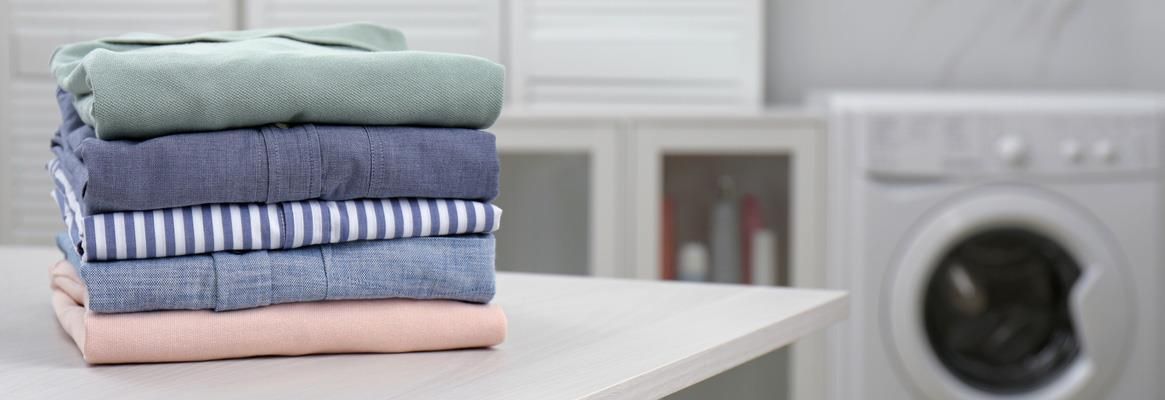There is an urgent need for textile chemists and labs to come up with revised test parameters for washing patterns as per Indian requirements and conditions. This will go a long way in improving fabric quality, developing dye stuffs, and innovating processing methods to suit Indian consumers' requirement.
Make in
We have taken most aspects of organised retailing from international brands. If we look at the product, the product quality parameters, fabric inspection parameter, fabric or garment testing parameters, points of measurement, sizing, packaging and AQL, everything has been adapted by us as a ready template. I am not against building up on existing knowledge. It does not make any sense to reinvent the wheel but wholesale import of ideas is also counterproductive. Learning from other contexts is fine, but the only concern is that these should have been modified keeping Indian consumers and Indian conditions at the core. Unfortunately, that is not the case and a lot needs to be done on this.
This requires close examination so that people concerned may work to align the system as much as possible to meet expectations of an average Indian consumer. Of all the points mentioned above, the topic under discussion ahead is on wash-care instructions. This might seem insignificant but if we look at it carefully it can have a huge impact on the ability of brands to serve customers better.
A lot of effort goes into determining wash-care instruction. After the mandatory tests, wording is carefully selected and then wash instructions are developed and attached to the garment. For testing, most brands adopt testing parameters developed either by American Association of Textile Chemist and Colorist (AATCC) or (International Organization of Standardization (ISO),
A typical wash-care instruction contains information about 1) wash 2) bleach 3) dry 4) iron and 5) professional care (if required). We will not talk much about bleaching and ironing as our consumers are aware about them, they know what garment can be bleached or at what temperature a garment needs to be ironed at. The customer returns are rarely related to bleaching or ironing. They are mostly due to appearance after wash, colour fastness and product getting de-shaped after wash. In a nutshell, the issues customers face come up majorly after washing.
Let's look at washing and drying techniques. A typical wash-care instruction starts with machine wash. In
Another aspect that we need to look at is what detergent/washing powder is being used. A large variety of detergents are being used by Indian consumers. These detergents vary a lot in terms of soda ash content, optical brightener etc whereas testing is generally conducted with a standard detergent in lab condition. How will the product be able to withstand all kinds of detergents being used?
1) Dry: Most wash-care says tumble dry. We must understand that when washing machine penetration is low, penetration of automatic washing machine with inbuilt drier is even lower. Instructing consumers to tumble dry may in fact look like a crude joke. With abundance of sunlight across
Thus, high time we devise testing parameters keeping Indian conditions in mind.
Where is all this leading to? The fact is that all retailers and fabric mills are getting the product tested. But still we are getting returns from customers due to poor after-wash performance. The reason behind this is simple. The products are not being tested to replicate Indian ways of washing and drying. Therefore, it is imperative that labs, experts, textiles chemists come up with revised test parameters as per Indian requirements and conditions. This will go a long way in improving fabric quality, developing dye stuffs, and innovating processing to suit Indian consumers' requirement. Once test parameters are revised, our mills, dyes and chemical manufacturers will respond by improving their products and processes to meet these testing parameters. It will have a massive impact on the way textile industry functions. Consequently, the product performance would increase that will result into less returns and happy consumers.
'Make in

20240830145908.gif)








Comments